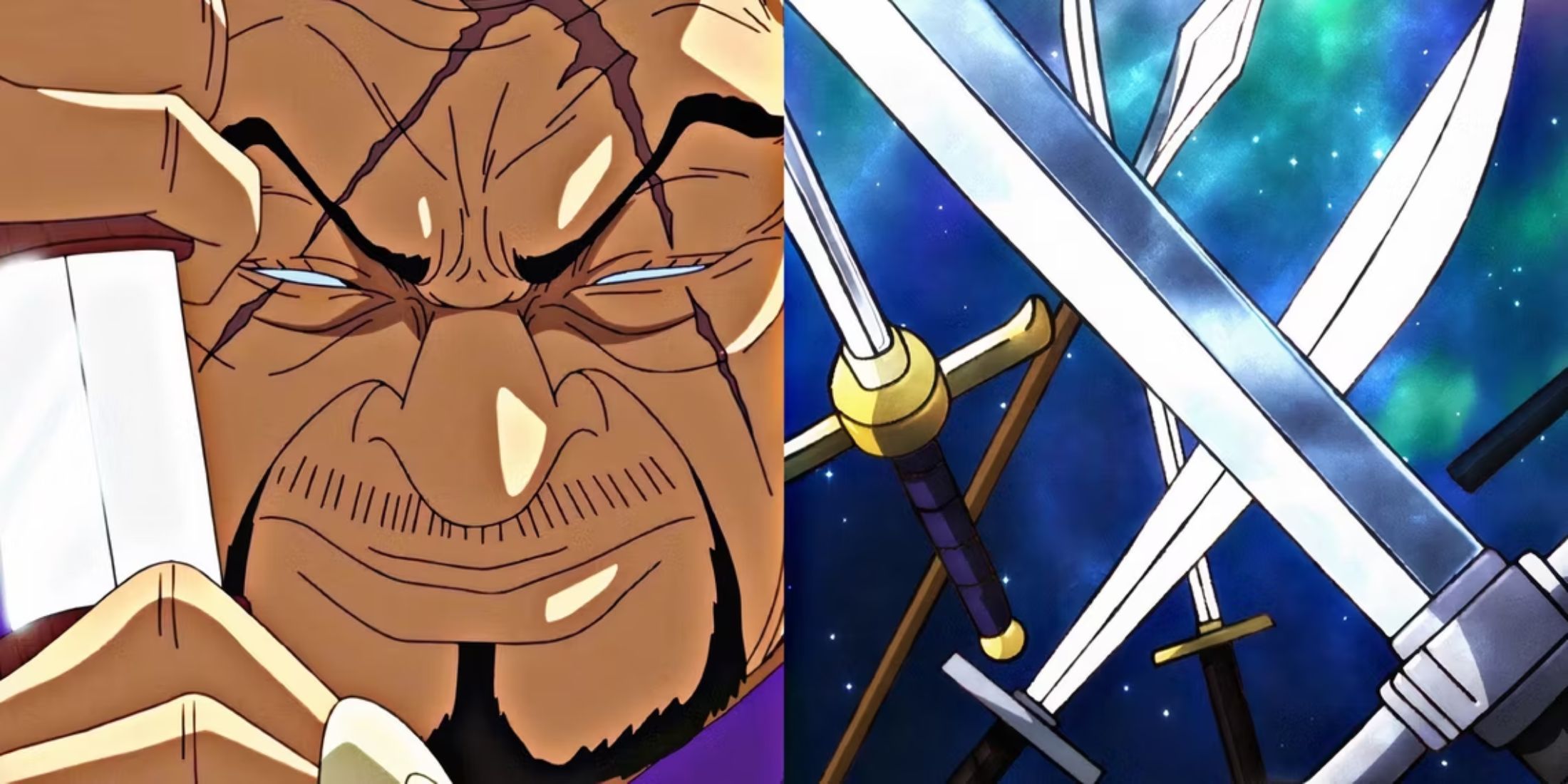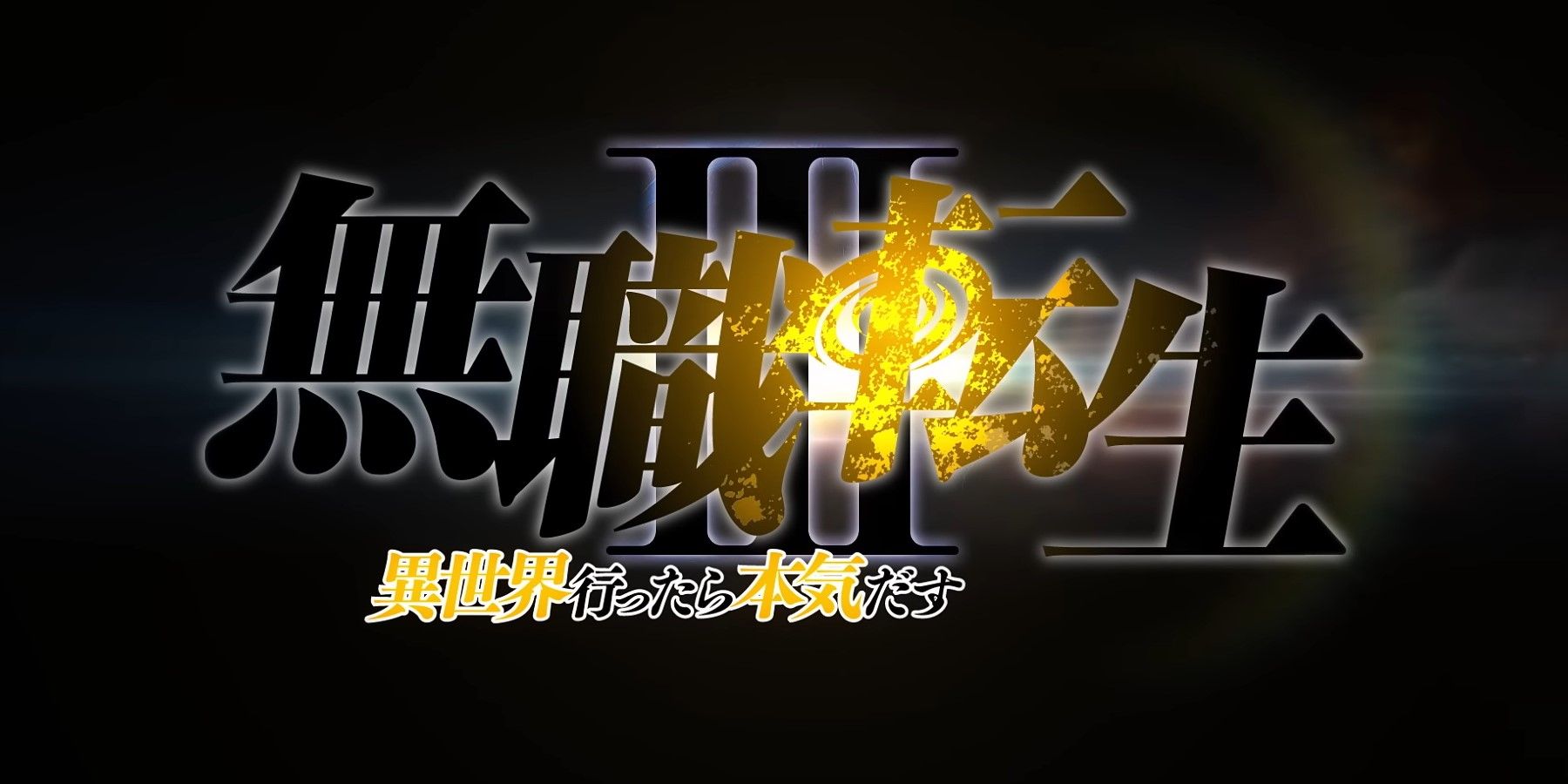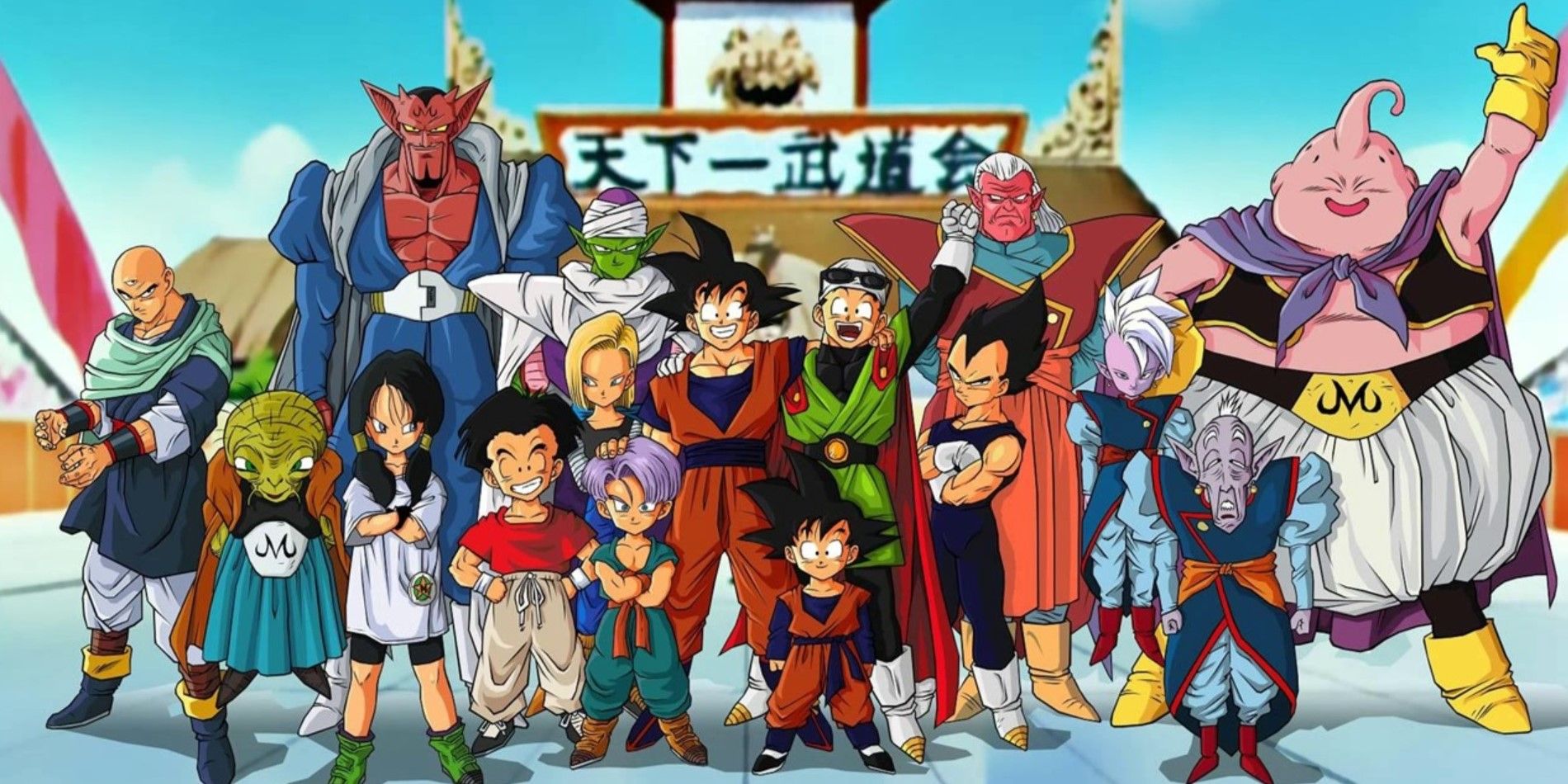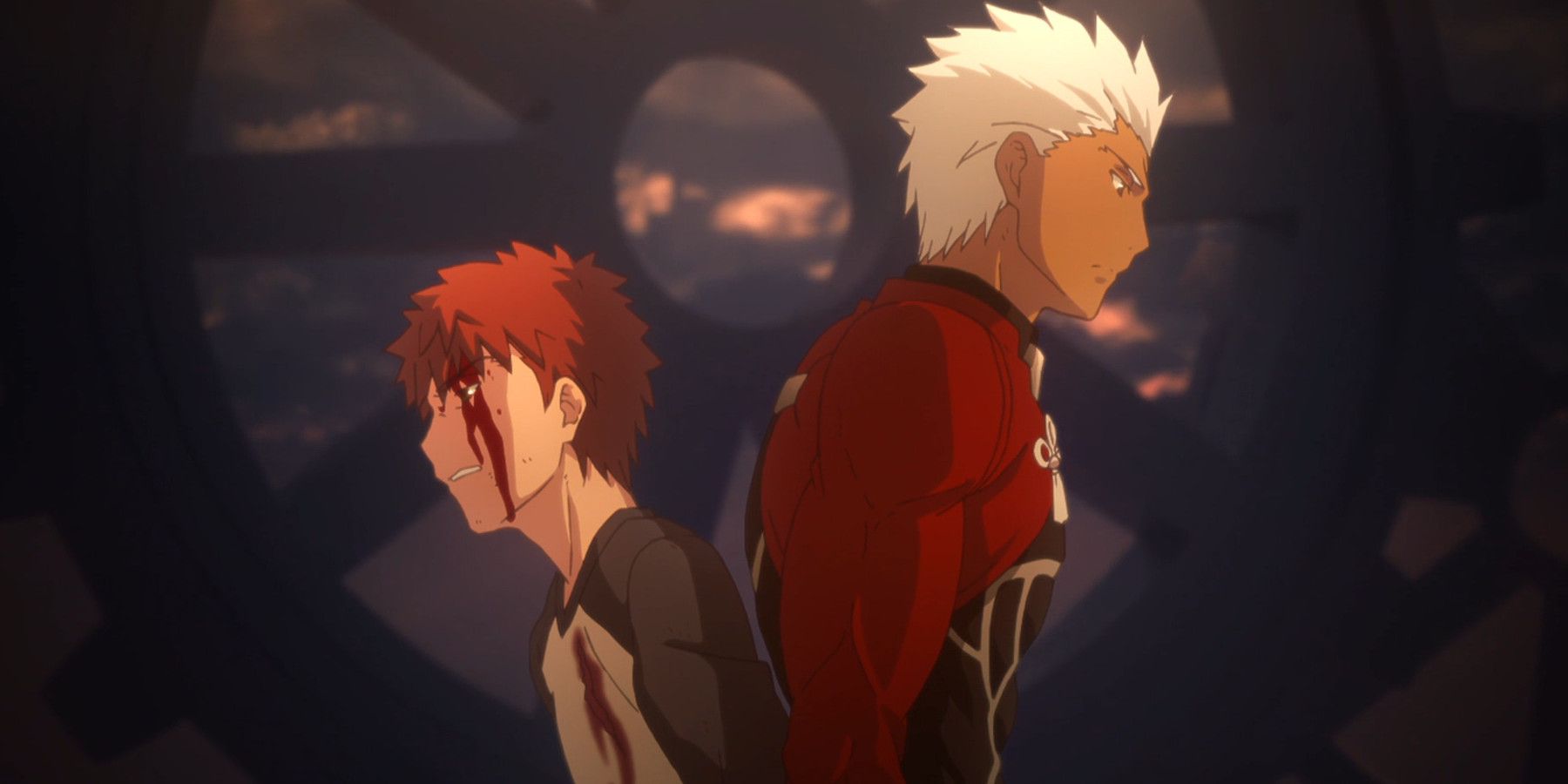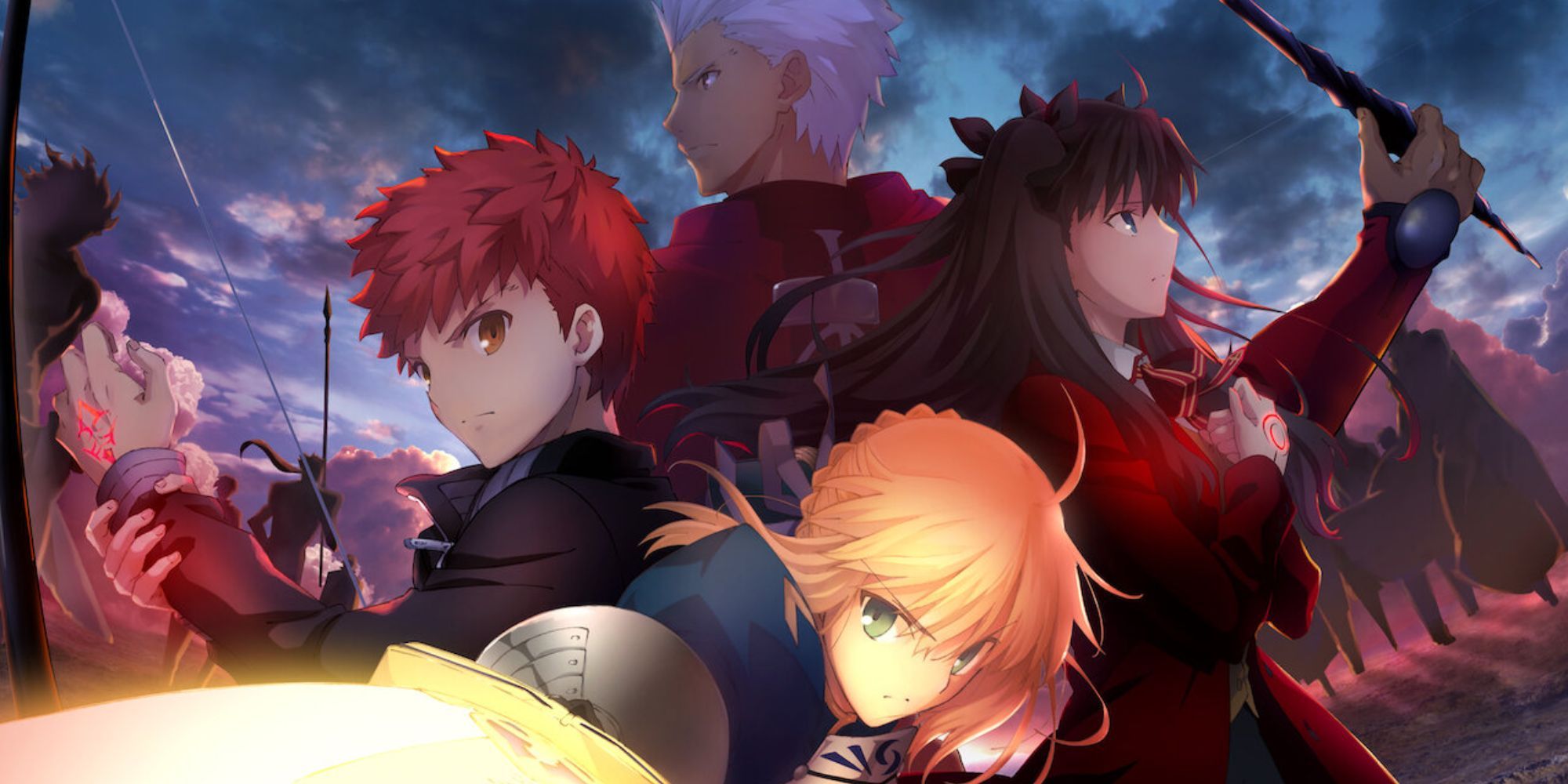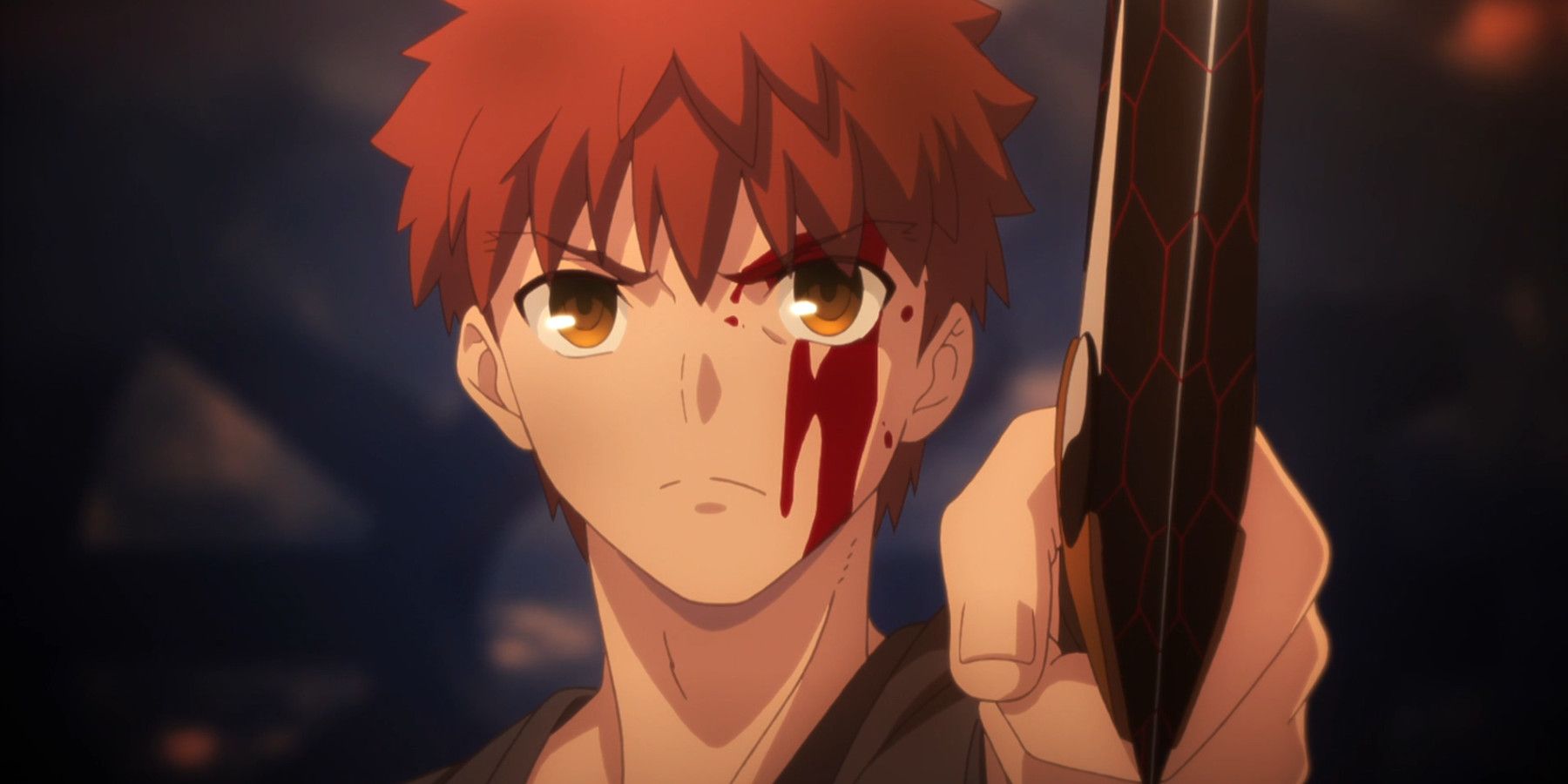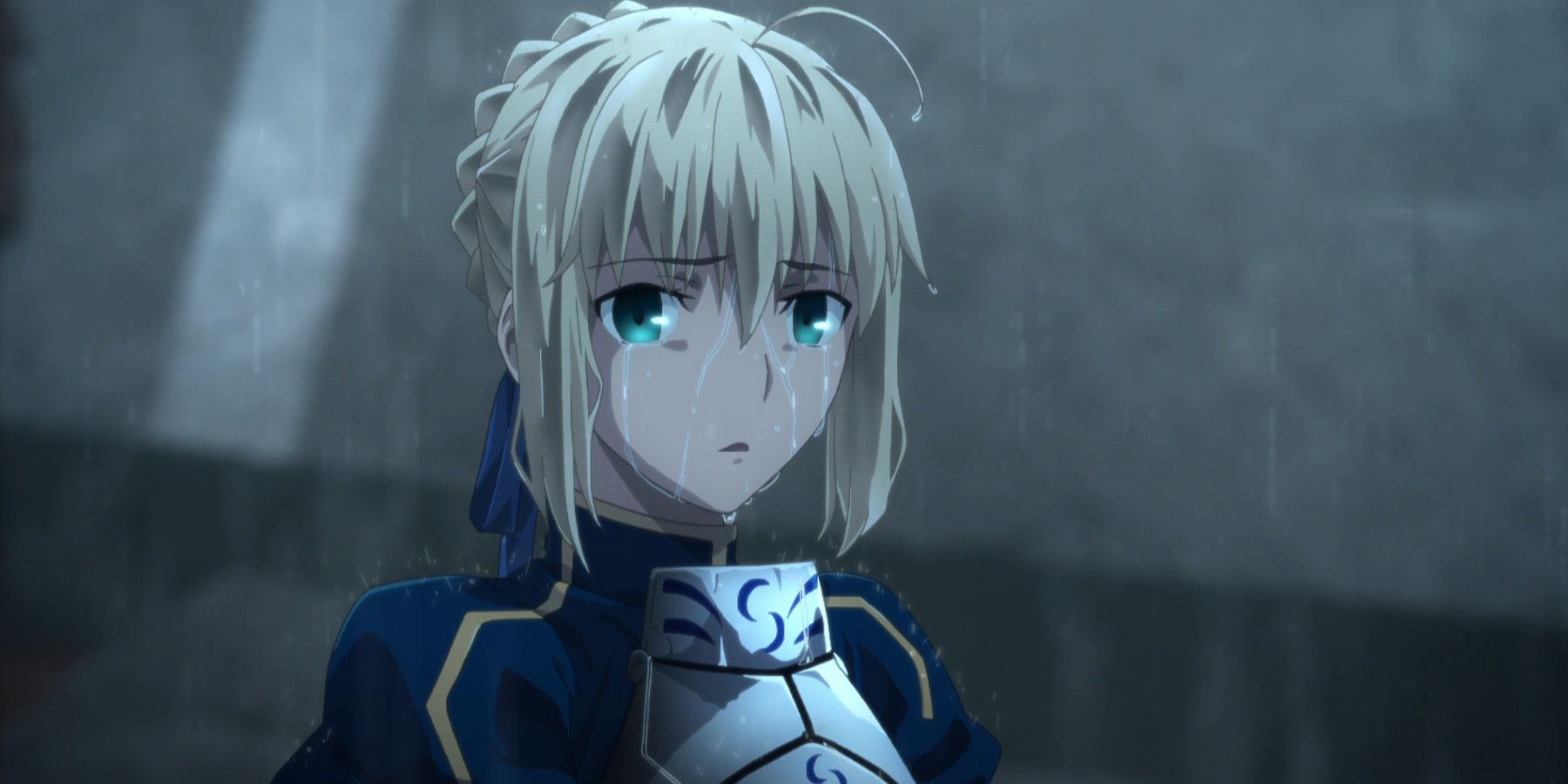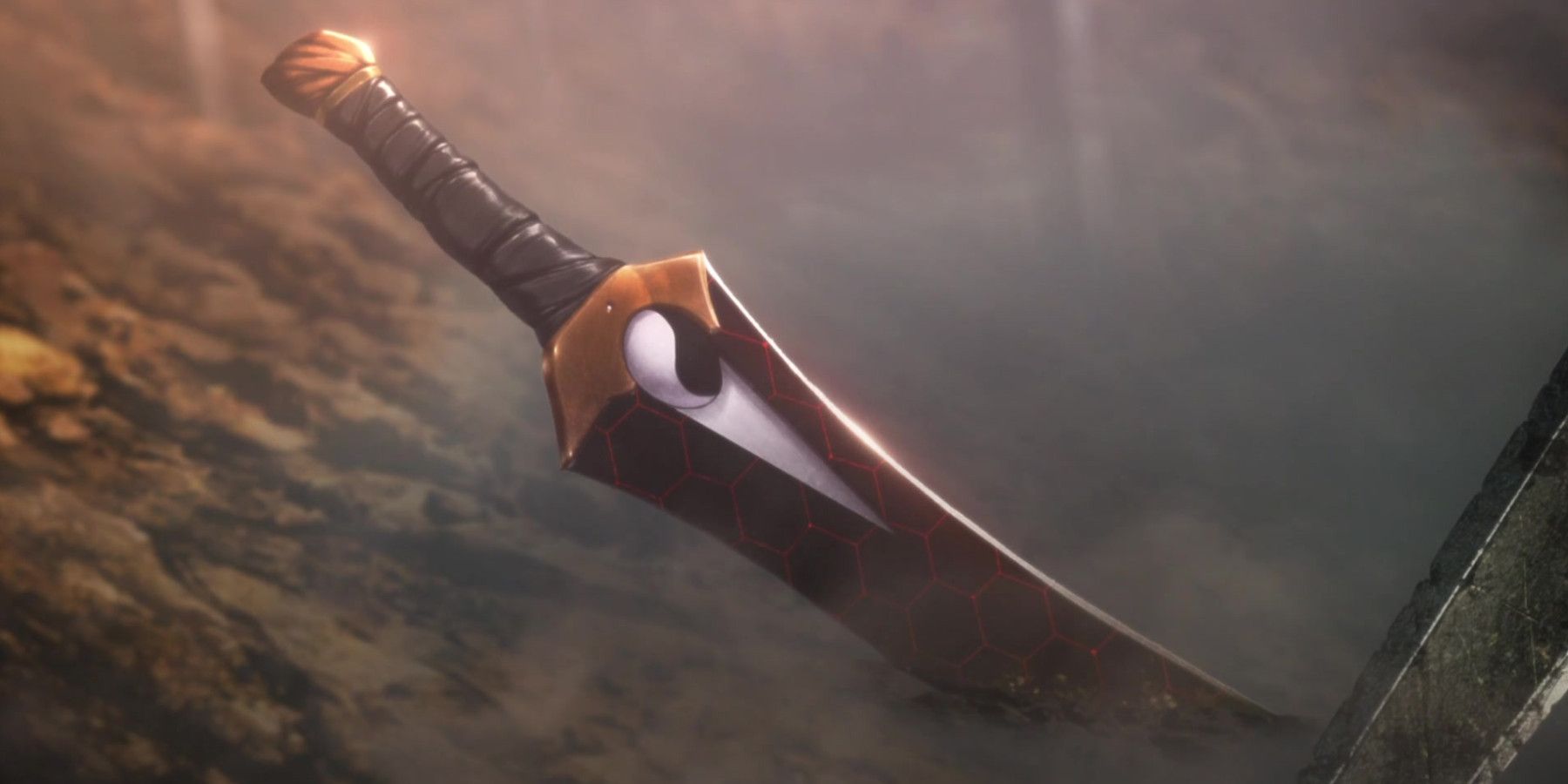Highlights
- Fate/Stay Night: Unlimited Blade Works is a visually stunning series that set new standards for animation in TV anime.
- The character development of Shirou Emiya, the protagonist, is a highlight of the series, showcasing his complex internal struggles and idealistic beliefs.
- While the pacing and directing have their flaws, overall, the show remains a highly enjoyable and engaging experience with a strong story and relatable characters.
Warning: The following contains minor spoilers for Fate/Stay Night: Unlimited Blade Works, now streaming on Crunchyroll.
Fate/Stay Night Unlimited Blade Works is undoubtedly one of Ufotable’s most important shows, as it helped solidify its somewhat misleading reputation as a studio with an “unlimited budget.” Despite the studio’s strides since, the most notable being Demon Slayer, UBW still holds up quite well, even if it might stumble in a few more places than we’d like to admit.
Directed by Takahiro Miura and based on the second route of the acclaimed visual novel from 2004, Unlimited Blade Works once again follows Shirou Emiya's journey to win the Holy Grail War. It is distinct not only in Rin Tohsaka being the female heroine but also in a narrative that more strongly challenges Shirou's ideals and the cost of his dream of being a "hero of justice."
The Good
Right off the bat, this series still looks excellent and by all accounts seems stupidly good by TV anime standards of the time. The industry and its fans are still apprehensive toward CGI in anime, but Ufotable’s thoughtful application of digital effects work made 3D work for the story. It was a culmination of the studio’s innovation up to that point, and a promise of even greater things to come, as fans have well seen.
From the moment that Archer and Lancer crossed blades in the prologue episode, it felt like a statement was being made. Never again would the action in a Fate anime be conceived or animated quite the same as it was before, much less have the same sound. Yasumasa Koyama’s bassy soundscape, which came to define UBW as much as its animation, would see his involvement in four other Fate entries, including the newest, Fate/strange Fake.
Some in the fandom might prefer something more subdued, but for the time, it was hard to contain a sense of glee watching the battle unfold. Even now, the sense that the audience is witnessing a battle between gods comes through abundantly. Certainly, other Fate shows would go bigger and bolder, but UBW was a trendsetter, which was doubly impressive as the series was following the similarly gorgeous Fate/Zero.
In fact, watching Unlimited Blade Works directly after Zero strengthens the story immensely. Fate/Zero and the story of Kiritsugu Emiya was a tragedy for all involved, but it ended with the slightest glimmer of hope - one that lives on through Kiritsugu’s son. Shirou Emiya’s arc in UBW is the single greatest thing about this series because it’s a hard-fought refute of the messages of the series prior.
The Great
Shirou has been such a beloved character in the community in recent years that it’s crazy to think that he used to be a lot more contentious among audiences. At first glance, he can seem fairly typical. Truth is, he has a lot of internal struggles that might not come through as easily without an internal monologue (or just good visual storytelling). Most notable is his survivor’s guilt, having lived through the botched end of the previous Holy Grail War.
Plus, his ideals can make him seem naive and simplistic. However, when one understands what he’s gone through, and recognizes the strength of his beliefs in spite of those experiences, it’s hard not to love the guy. His ideals are unrealistic, but because they are built upon a foundation of trauma that would have irreparably destroyed most men, they don’t come off as just naive. Rather, his philosophy, as stupid as the world tells him it is, comes across as beautiful.
It culminates in an incredibly satisfying journey with some of the best fights in the franchise. Unlimited Blade Works is better pro-Shiro propaganda than anything fans alone could articulate and stories like these are just one of the reasons Fate, as a whole, is as narratively cathartic as it is visually pleasing. It’s also a half-decent love story, even if the writers were coy about letting Shirou and Rin cement their relationship in stone before the end.
But all of the above accolades are more or less preaching to the choir by this point. Everyone knows that UBW looks good and most people can agree that Shirou is pretty cool, even if fans will argue the visual novel goes more than a few steps further in fleshing him out. While this retrospective isn’t aiming to compare the show to its source material, it is going to be brutally honest about the pacing and directing.
The Not-So-Great
While UBW is a close-to-perfect continuation of Fate/Zero, at least thematically speaking, its directing falls short of Ei Aoki’s directing of Zero. This show is at once too long and yet not long enough to fully make use of its cast. Plus, while the artwork is consistent across the board, the moments outside of action can vary in how visually interesting they are to look at.
Some might understandably find fault with the persistent comparisons to Fate/Zero, given that they are very different stories written by very different writers. Rest assured, the comparison is mostly to demonstrate that one had slightly better direction and a greater sense of intrigue that maintained steady momentum. But frankly, both shows suffer in similar places.
There’s something about Fate shows with two seasons where the second season just lags in the first half. In UBW’s case, the first chunk of Season 2 sees Saber effectively taken out of the story in a rather disrespectful manner. Despite her sorry state, there isn’t a ton of urgency on behalf of the other characters, and it leads to a stretch of episodes where the story slows to a crawl.
Obviously, this being an adaptation of just one route, there are characters who naturally have less time on screen than in other routes. For what it's worth, the anime does most of the cast justice. However, since there were already creative liberties taken and fully supported by the original author, Kinoko Nasu, it would have been nice to see more of the cast. It could have helped tighten the pacing.
Assassin comes to mind as they make an incredibly strong first impression and then sorta disappear for a majority of the story. Even Illya, who gets an episode exploring her backstory, feels like she’s taken off the playing field as quickly as the audience learns about her. And sure, she plays a bigger role in the Heaven’s Feel route, but fans are well aware by now of how well the anime handled her role in that story.
The Takeaway
In spite of its caveats, this remains an incredibly fun show nine years later. It rocketed to a success that its creators were just as likely to pat themselves on the back for as they were to curse themselves for setting later expectations so high. While fans have often wondered what might have been had Ufotable adapted the Fate route instead, it honestly was the perfect way to follow up Fate/Zero.
In the end, yes, Fate/Stay Night: Unlimited Blade Works still hits hard, not that it should really have been in doubt. There are often debates about how well it adapts the story and whether its creative liberties really add much value, but at its core is a strong story filled with characters that are easy to latch onto.
